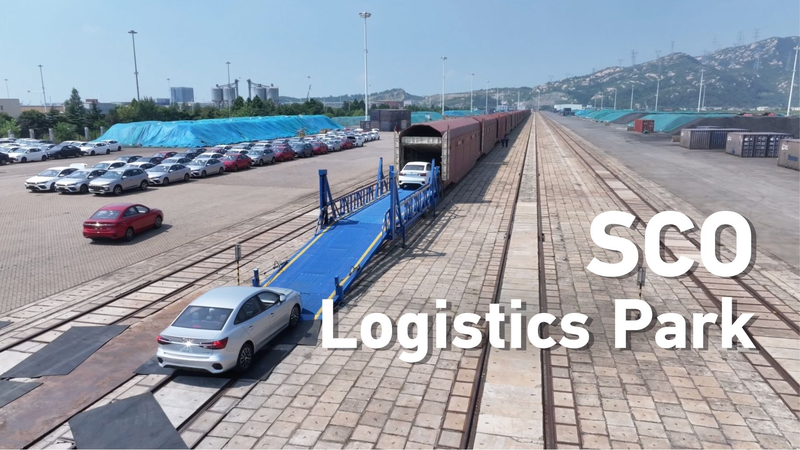In the port city of Lianyungang on the Chinese mainland, a pioneering logistics park is reshaping trade routes across Asia and beyond. As part of the Shanghai Cooperation Organisation (SCO) corridor, this hub connects landlocked Central Asian nations directly to the Pacific, cutting weeks off traditional shipping routes.
Imagine a shipping container loaded with high-tech components in Kazakhstan. Instead of navigating slow, indirect paths, it rolls onto a train bound for Lianyungang’s modern terminals. Within days, it’s loaded onto a vessel heading to markets from Sydney to San Francisco. Local data shows container throughput has surged by over 50% in the past three years, underscoring the park’s growing impact.
Startups and e-commerce ventures are tapping into this corridor, leveraging digital platforms to track cargo in real time and optimize supply chains. For thought leaders focused on sustainability, the intermodal link reduces carbon footprints by shifting freight from road to rail and sea.
Travelers and digital nomads can also experience the corridor’s evolution. High-speed trains now trace parts of the historic Silk Road, offering a unique cultural journey through deserts, mountain passes, and coastal plains. Along the way, communities are benefiting from new jobs, cultural exchanges, and eco-tourism initiatives.
As global trade dynamics evolve, Lianyungang’s SCO logistics park stands as a testament to the power of connectivity. For young entrepreneurs, tech enthusiasts, and changemakers, it’s a living example of how infrastructure can open doors to new markets and foster cross-border collaboration in the 21st century.
Reference(s):
cgtn.com




